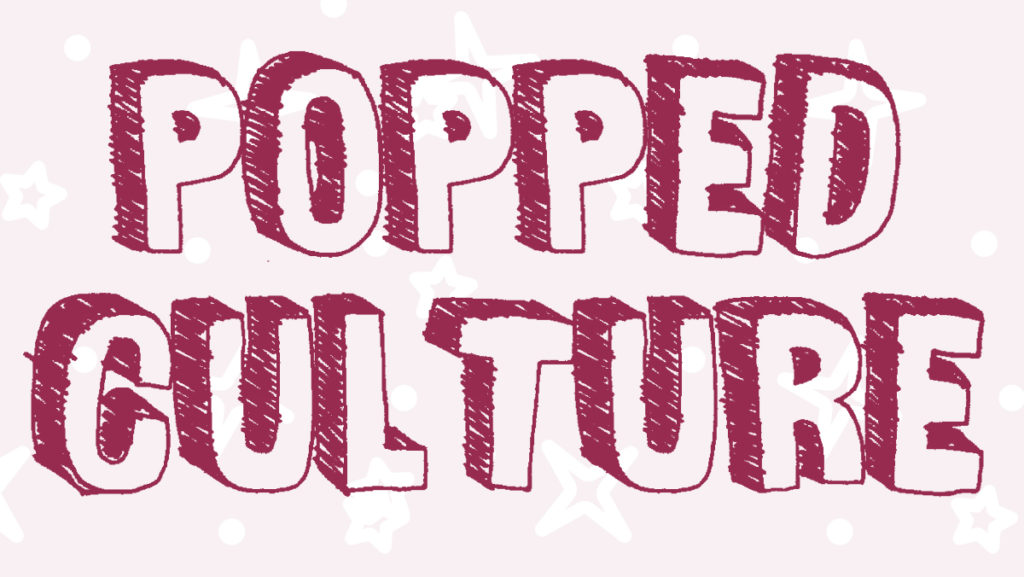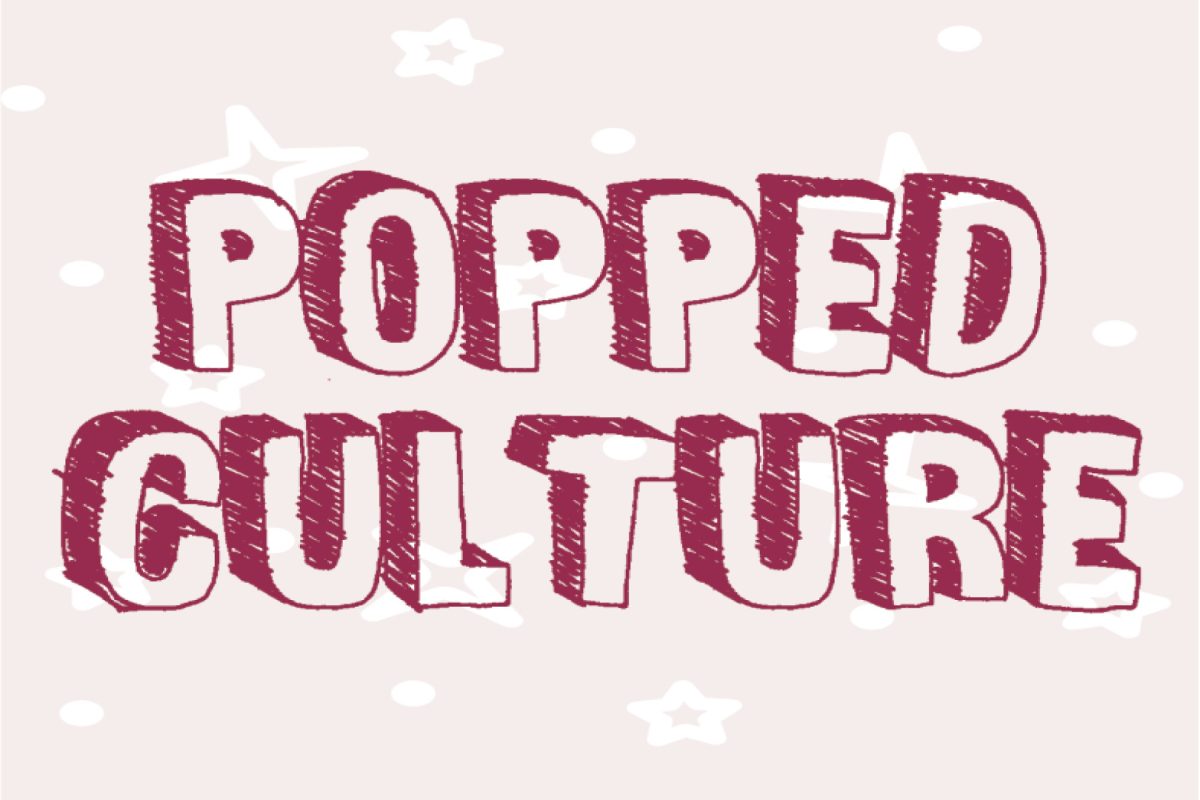I’ve always found comfort in animated content. As a child, my favorite shows were almost all cartoons. Programs like “Foster’s Home for Imaginary Friends,” “Kim Possible,” “Code Lyoko” and “American Dragon: Jake Long,” along with many others, shaped my taste in media today. Now, as an adult, I’m still a huge fan of cartoons.
Over the pandemic, my love for cartoons has only grown. I have consumed a staggering amount of animated content over the past few years. Some of my favorites have been the 2017 “Ducktales” remake, the ongoing show “Amphibia” and Netflix’s “Kid Cosmic.” What these and a lot of the animated shows I enjoy now have in common is that they are not explicitly marketed toward adults.
I’ve had so many encounters with my peers straight up insulting or misunderstanding my love for “kid” cartoons that sometimes my interest becomes a source of anxiety. When I’m in the dining hall, tuning into my latest animated selection, I often find myself checking over my shoulder just to make sure that strangers around me aren’t paying attention to what I’m watching. It’s ridiculous that shows with fun characters and colorful aesthetics could make me feel like some kind of social deviant.
Of course, as an adult, you’re expected to enjoy adult cartoons. The problem with that is that adult cartoons are hit or miss at best. Shows like “Family Guy” and “The Simpsons” have come under scrutiny in recent years, with fans claiming that they’ve been declining in quality. While I haven’t watched more than a few episodes of either show, I can say that they have never really appealed to me, especially when it comes to “Family Guy.” My main issue is with the humor, which is often racist, homophobic, misogynistic and just flat-out bigoted in nature. This lack of interest also applies to shows with similar humor and qualities, like “American Dad” and “The Cleveland Show.” These three in particular feel eerily the same because, well, they are. They are all about a dysfunctional family with a borderline abusive father, and they go on morally questionable sitcom hijinks. Typically, adult cartoons are divided into these raunchy, sitcom-style shows, or repulsive, violent shows like “Rick and Morty.”
There should be no shame in watching these adult shows, but they don’t entertain everyone. The adult cartoons that actually satisfy my interests are few and far between, so I tend not to touch them at all. There are a couple of programs that I do enjoy, like the masterpiece that is Netflix’s plot-heavy, fairly violent “Arcane” and the refreshingly sweet, non-violent, non-raunchy sitcom “Bob’s Burgers.” But typically, I just don’t find myself drawn to cartoons marketed toward adults.
The main issue is that many of these shows don’t push limits in any meaningful way. Sure, “Family Guy” pushes the limits of what kind of jokes are morally acceptable and “Rick and Morty” is a marathon of horrific death and existential comedy, but sometimes these shows just feel edgy for the sake of getting a reaction.
Over the past few years, “kid” shows are where all of the limits are really being pushed. For example, we’ve seen a lot of representation come out of these shows. “She-Ra and the Princesses of Power,” “Craig of the Creek” and “The Owl House” have all made huge strides in representation for people of color and queer people. These shows are where audiences can see people of color and queer people existing within narratives without being reduced to tokens, harmful stereotypes, or the butt of every single “joke.” There is huge value in that.
It feels like the shows listed above, as well as many others like “Adventure Time” and “Steven Universe,” are actually being aimed at young adults rather than children. Unfortunately, there isn’t exactly a young adult label for cartoons like there is for books. Animated shows get divided into the two arbitrary categories of “adult” and “child,” and there’s no in between. It limits what the genre can do while also limiting how people are allowed to experience the content.





